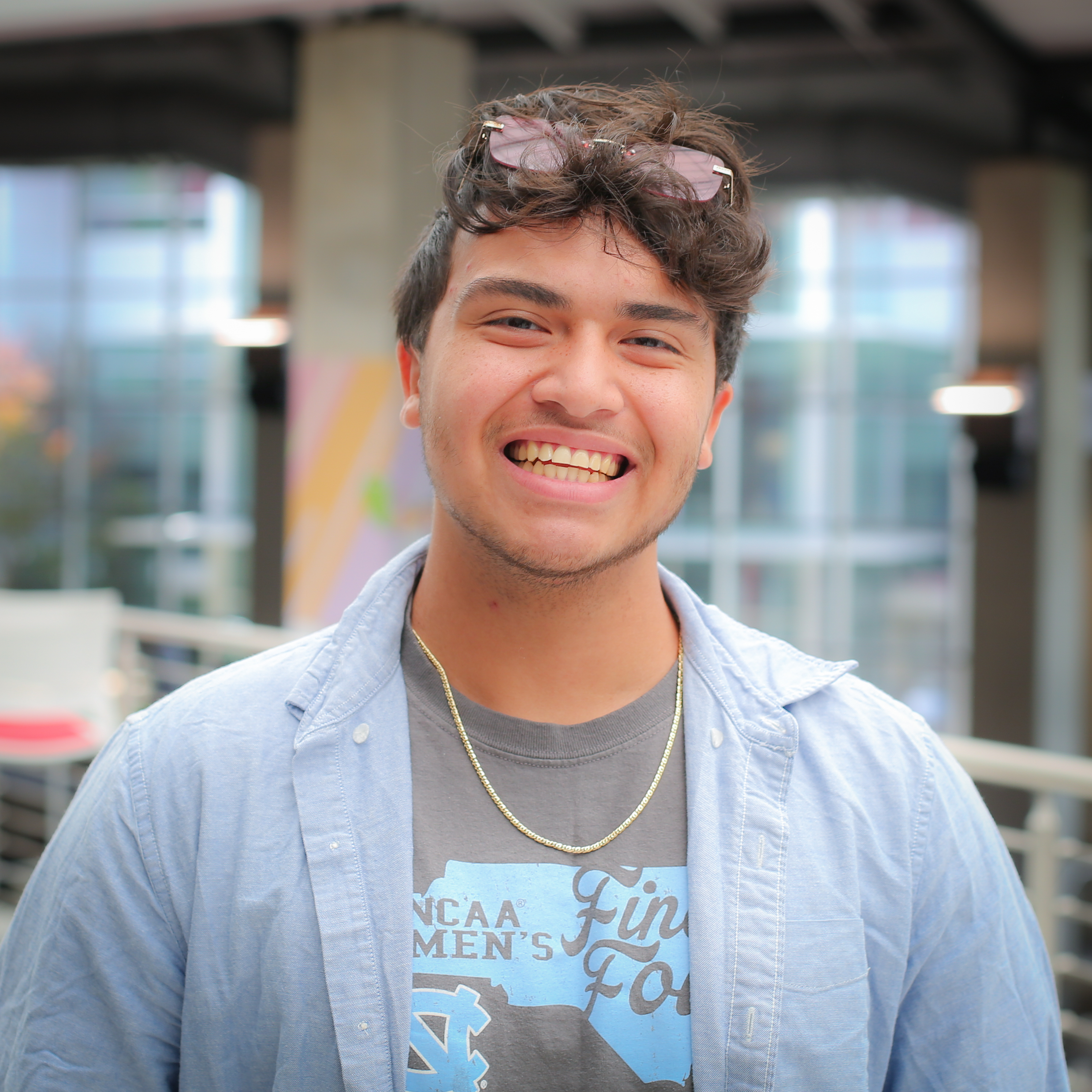National College Completion Rate Stalls for 3rd Year in a Row: Report
Reporter
Editor & Writer
Reporter
Editor & Writer

- Public two-year schools were the only institutions that saw an increase in college completion from the previous year.
- New Mexico had one of the highest percentage increases in college completions — over 2 percentage points.
- In the 2017 cohort of incoming first-time college students, 65.6% of women completed college, while 58.4% of men completed college within six years.
The six-year college completion rate for students across the U.S. has stagnated – and in some cases declined, according to new data.
The National Student Clearinghouse Research Center released a report Nov. 30 showing that the overall rate of students completing college within six years has stalled for the incoming 2017 fall cohort at 62.2%, unchanged since the 2015 cohort.
For students who identify as Black, Indigenous, and people of color (BIPOC), the six-year college completion rate has stalled or declined, according to the report. Also, the gender gap in college completion is at its peak and continues to grow.
College Completion Rates Nationally and Statewide
More than 2.4 million first-time students enrolled in college in fall 2017 — 28,500 more students than in 2016 — however, the completion rate was unchanged since 2015. The rate had steadily increased by 9.3 percentage points from 52.9% starting with the 2009 cohort.
Public two-year schools were the only institutions students began at that saw an increase in college completion from the previous year, from 43.1% in the 2016 cohort year to 43.4% in the 2017 cohort year.
Twenty-six states saw an increase in college completions, with nine of these 26 states reporting an increase in completion rate greater than 1 percentage point.
New Mexico, which showed one of the largest rate increases (2.1 percentage points) — has been making higher education more accessible for incoming students since 2022.
That year, New Mexico implemented the Opportunity Scholarship, which covers tuition for all in-state students and degree types to any state public or tribal college and university. More than 34,000 students received the scholarship in fall 2022.
Earlier, the state used $24 million to collect data on how college students experience food insecurity.
College Completion Rates for BIPOC Students Are Stalling and Declining
Black and Hispanic students saw slight completion rate growth at community colleges but declining completion rates at public four-year institutions.
Native American students experienced the most significant completion rate decline from 49.5% for the 2016 cohort to 47.5% for the 2017 cohort. Black students at four-year universities completing college declined from 50.2% for the 2016 cohort to 48.7% for the 2017 cohort.
According to a 2023 study by the Annenberg Institute at Brown University, Black students who initially enroll in historically Black colleges and universities (HBCUs) are 40% more likely to earn bachelor's degrees than those who do not attend HBCUs.
Students are also 100% more likely to choose and complete science, technology, engineering, and math (STEM) majors at HBCUs than non-HBCU attendees.
College Completion Gap Between Men and Women Is Rising
Women are completing college at higher rates than men. The gender gap steadily increased from 6.5% for the 2014 cohort to 7.2% for the 2017 cohort, the highest since the research series began in 2008 (6.9%).
In the 2017 cohort, 65.6% of women have completed college, compared to 58.4% of men. According to the study, the gap at public four-year institutions drives the national gap.
The gender gaps between Black and Hispanic men and women do not follow the national trend.
Black women completing college within six years fell 1.8 percentage points compared to Black men, whose rate fell .9 percentage points.
The six-year completion rate for Hispanic men declined .5 percentage points nationally while falling 1.4 percentage points at public four-year institutions. The rate for Hispanic women stalled nationally.
"Regardless of the completion rate gains of the past decade, or their plateauing in recent years, the entire series of data presented reveals a single uncomfortable truth: that more than 1 in 3 students today, and in some cases closer to one in two, do not complete a credential within six years of starting college," the report said.
















